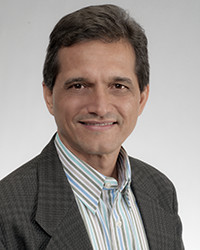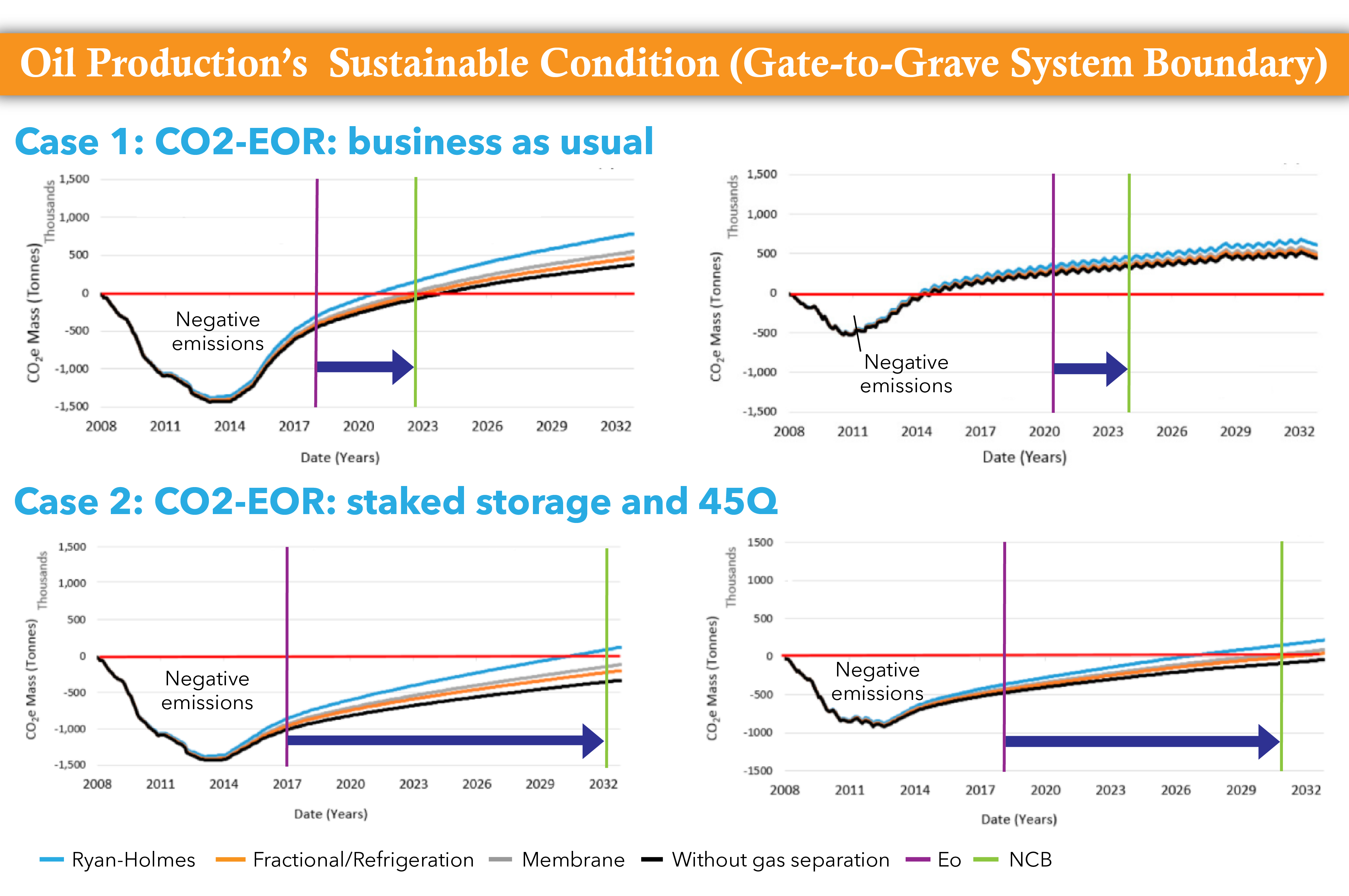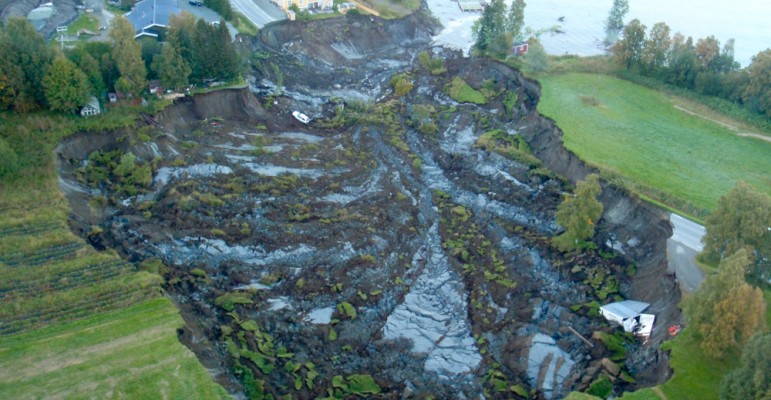September 7, 2020

Ramón Gil-Egui
Decarbonizing the Oil Industry through CO2-Enhanced Oil Recovery (EOR)

Graphs showing the evolving CO2e carbon balance (tons of CO2) for two of the injection strategies assessed, continuous gas injection (CGI, right) and water altering gas (WAG, left). Each graph shows four curves representing different gas separation process scenarios: Ryan-Holmes (light-blue, membrane (light-brown), fractionation/refrigeration (orange), and no gas separation (black).
The fossil fuels industry is being called on to play a critical role in the transition to an expected zero- or low-carbon economy. The assets and capacities of this industry are the base of living conditions as we know them today and will be so for the next decades to come. Decarbonizing it is a need, not only as an affordable and reliable energy source, but for the products and materials that make it possible.
Based on the Tinker Family BEG First Author 2019 Award-winning work entitled “Environmental and Operational Performance of CO2-EOR as a CCUS Technology: A Cranfield Example with Dynamic LCA Considerations,” which demonstrates the possibility of producing and using oil with a Neutral Carbon Balance (NCB), we are now validating the economic viability of this sustainability condition.
All injection scenarios transition at some point from a negative (CO2 storage > emissions) to a positive (CO2 storage < emissions) carbon balance (see figure). Cases and 1 and 2 compare (horizontally) sustainability between continuous gas injection (CGI) and water altering gas (WAG). In Case 1, negative carbon balance lasts longer in WAG, but Economic Optimum (Eo, including externalities) is reached within the NCB point in both injection strategies; a larger gap between Eo and NCB means more management room for maintaining sustainable operations. The same goes for Case 2. Case 1 and Case 2 compare (vertically) the impact of Staked Storage and 45Q impact on CO2-EOR sustainability. In general, NCB displaces to the right (larger storage volumes) and Eo to the left (greater injection costs not fully offset by 45Q). Both CGI and WAG are less profitable but substantially more environmentally friendly.
The preliminary results suggest that, depending on the injection method and CO2 flow management, Eo can be obtained within the environmental limits of NCB. This suggests that the enhanced oil recovery by injection and storage large volumes of CO2 is a valid and sustainable alternative in the fossil energy decarbonization as a first step in the expected transition to a zero- or low-carbon economy.
Read the Publication
Núñez-López, V., Gil-Egui, R., and Hosseini, S. 2019. Environmental and Operational Performance of CO2-EOR as a CCUS Technology: A Cranfield Example with Dynamic LCA Considerations. Energies Journal, v. 12, no. 3, doi:10.3390/en12030448.

Mahdi Heidari
Mobile Shales
I received my PhD in geotechnical engineering with a focus on how clays deform under the load of buildings and other man-made structures. One intriguing type of clay is quick clay. These clays are stable enough to support buildings, but can turn into a slurry if they are disturbed by events such as small earthquakes. The result can be catastrophic as whole regions underlain by these clays can progressively destabilize, forming quick landslides on the scale of kilometers.

A quick clay landslide at Lyngseidet, Norway, on September 3, 2010. The landslide was likely triggered by loading of fill along the shoreline. Photo: Andrea Taurisano, NVE
When I joined the Bureau of Economic Geology, the biggest question that I had in my mind was how similar the behavior of clayey rocks is to that of clays. Through a new project by the Applied Geodynamics Laboratory, we are learning that some rocks behave very similarly to quick clays. These rocks, called mobile shales, exist in kilometers-wide subsurface bodies. They have deformed substantially so that they lack the beddings that are typically observed in sedimentary rocks.
Mobile shales have not been widely investigated, despite the serious challenges they pose to exploring hydrocarbon reservoirs and drilling wellbores in such reservoirs. In the AGL, we are trying to investigate what factors make shales mobile and how mobile shales impact deformation, stresses, and pore pressure within these shales and surrounding rocks. Our methods include developing a model to simulate the deformation of mobile shales under geological drivers such as tectonic shortening.